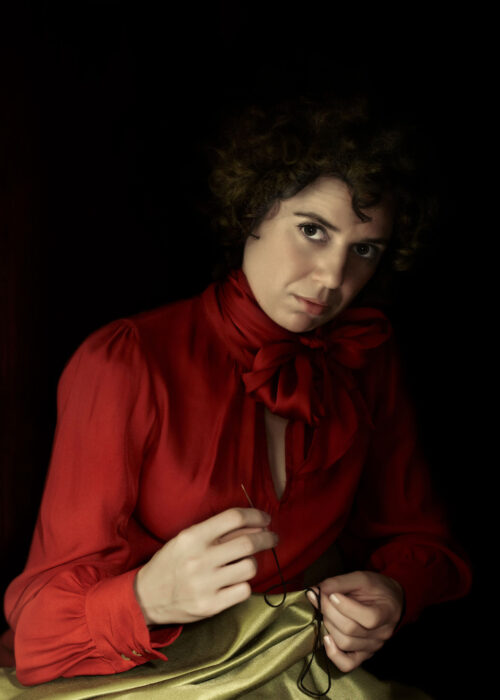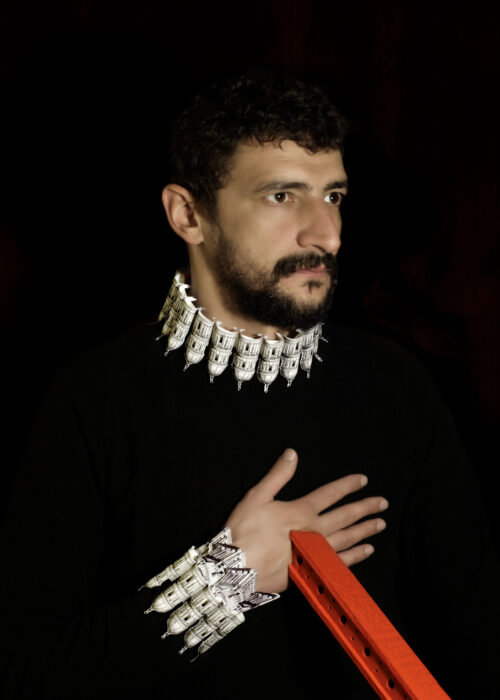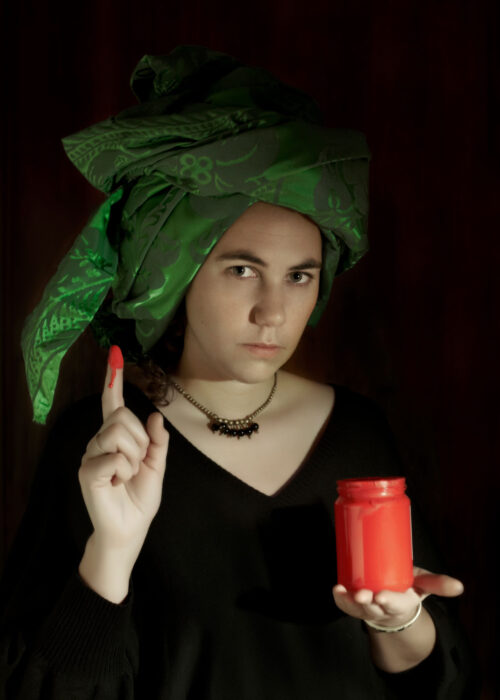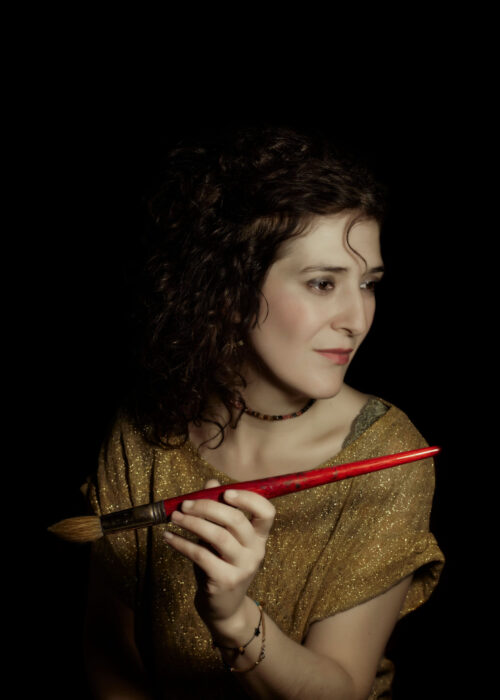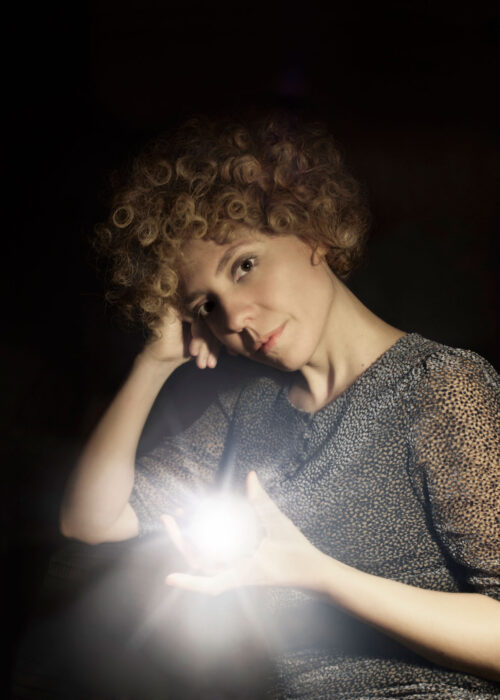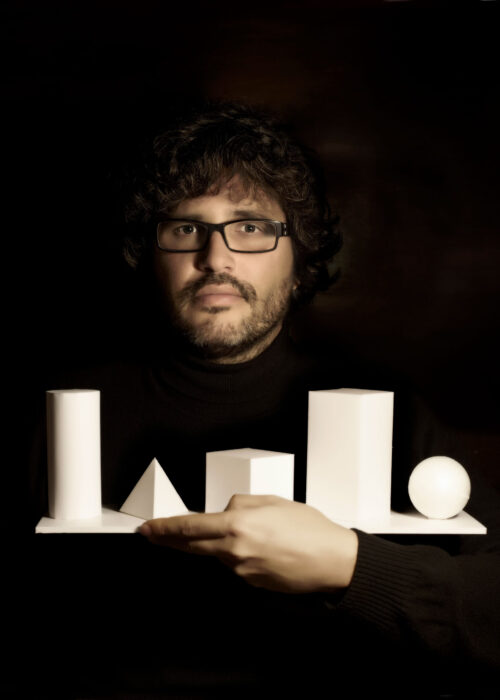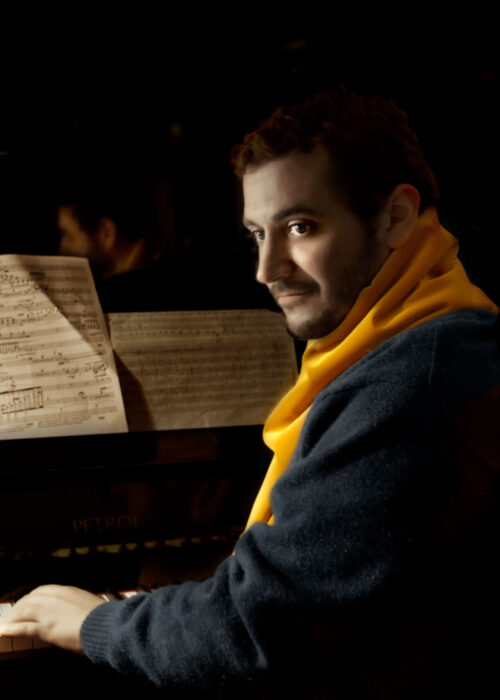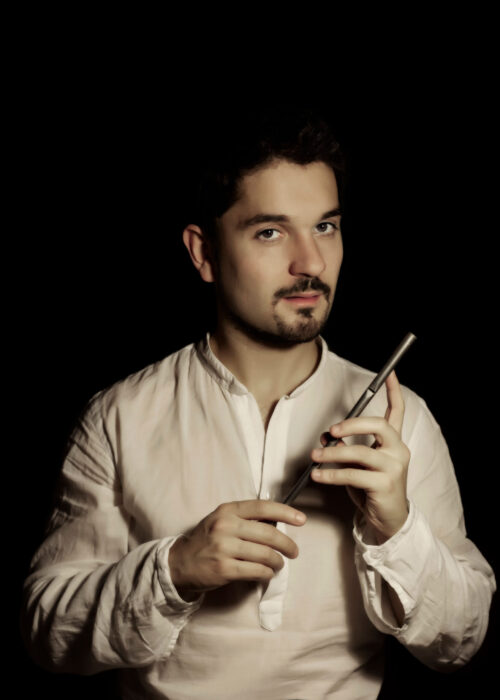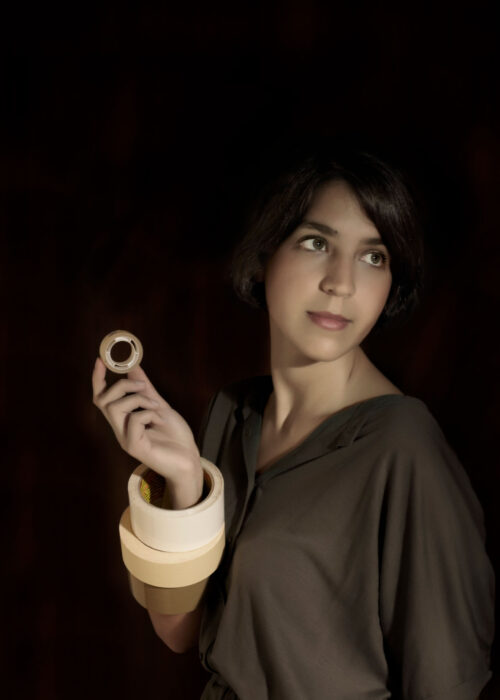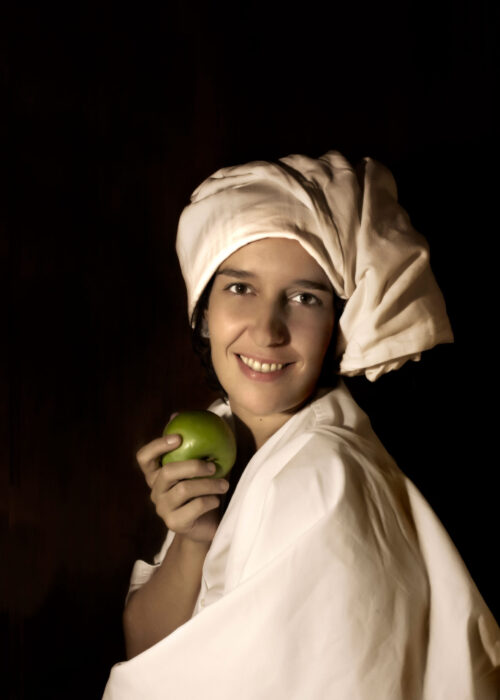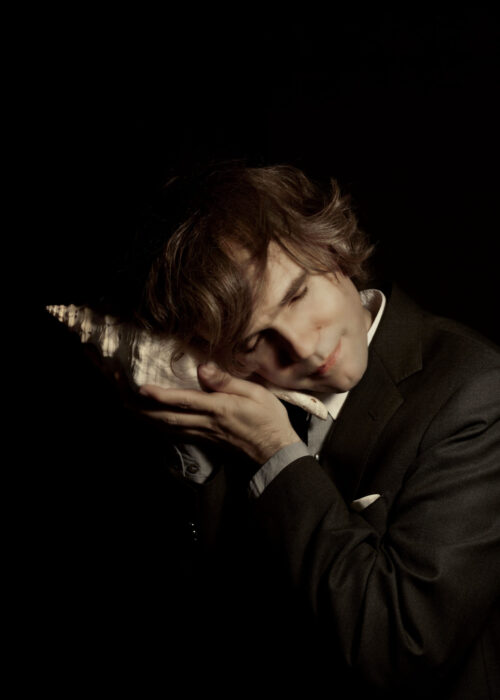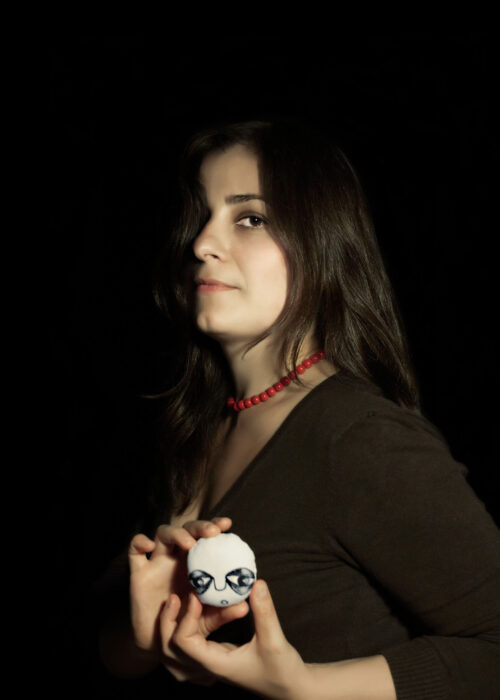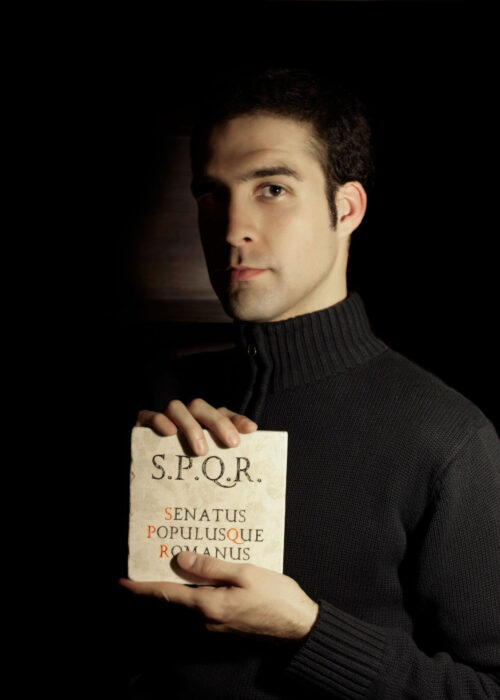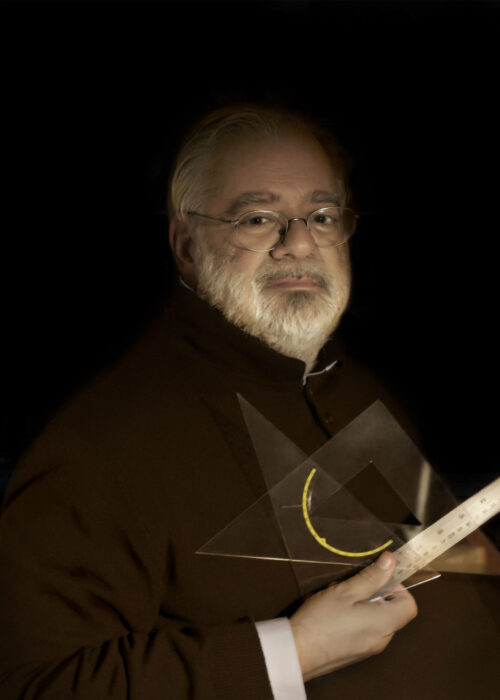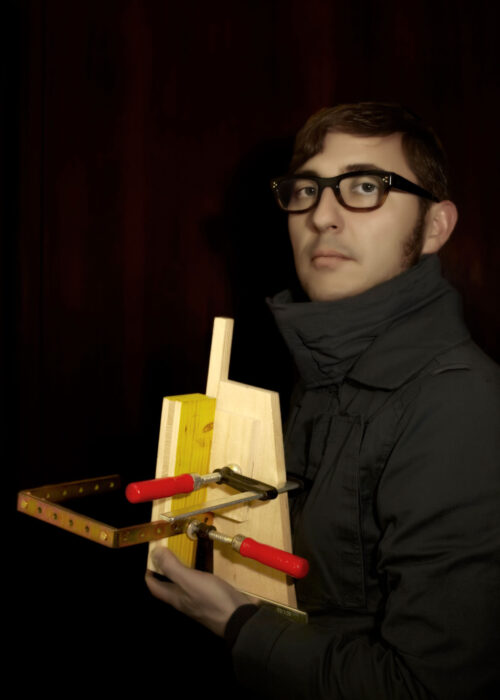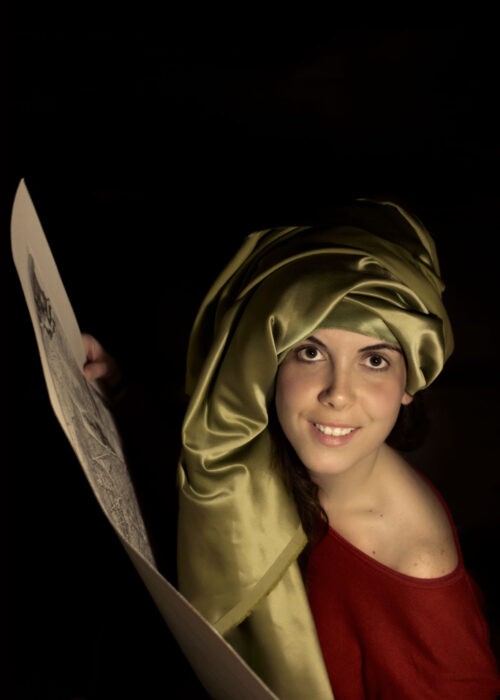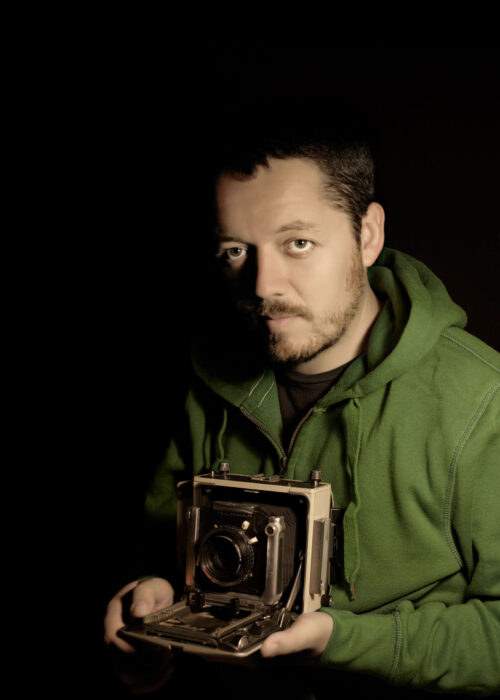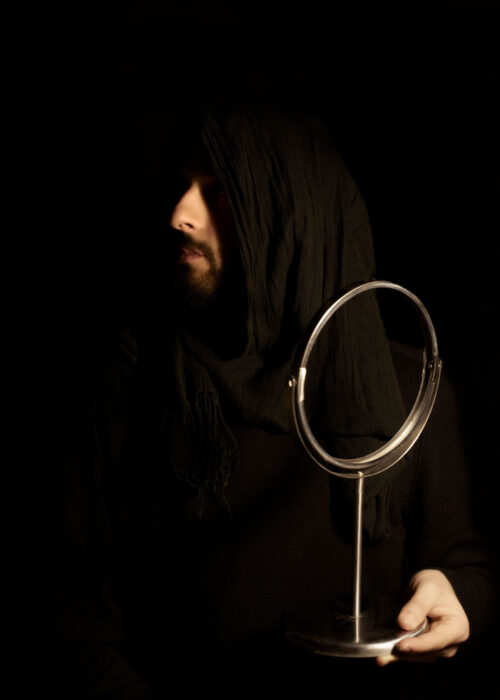BORSISTI
Una petición, al principio de nuestra llegada a la Real Academia de España en Roma, por parte de varios becarios, sin otra pretensión que la realización de una fotografía algo más vistosa para la página web de la Academia, terminó sumergiéndome en los claroscuros y en los modelos pictóricos del Barroco. Y esa petición se terminó convirtiendo en un proyecto, en una serie fotográfica, donde lo histórico es visto desde la recreación del tiempo, partiendo del pasado como modelo de inspiración pero adaptándolo al presente como forma de interpretación.
Una bella colaboración donde los modelos, buscan o crean los atributos con los que trabajan o con los que se sienten identificados y los presentan meticulosamente, como en las representaciones de Boneri, por ejemplo, sosteniéndolos con naturalidad y fragilidad a la vez. Cada uno un mundo, la luz, o falta de luz, que modela las texturas y los colores antiguos, la complicidad entre modelo y fotógrafo. Aun así, todo está pensado: la posición, las manos, la luz, los tonos, las texturas, las sombras, las referencias, la manipulación, su talento, traer el pasado a presente…
Naturalismo y teatralidad. Nos inducimos en el remolino de los opuestos, el claroscuro, una fuente de luz que lo muestra todo, no sólo la superficie de las pupilas cristalinas o las pieles policromadas que brillan con destellos propios. A su lado el negro, densidad cerrada, irreductible, preciso, sin defectos.
BORSISTI
Shortly after our arrival to the Spanish Royal Academy in Rome, some fellow artists suggested I might help them have slightly more interesting photos for publication in the Academy’s website. Surely a harmless request, but it ended up with me submerged in chiaroscuro, exploring the pictorial standards of the Baroque, and developing a photography project in its own right.
A beautiful co-operation scheme, where the models find or create the attributes they work with, or that serve to identify them, and meticulously display them, as in a painting by Boneri, holding them naturally but also with a certain frailty. Each one in a world of its own, under a light, or an absence of light, that shapes the textures and produces ancient colours, and where the model and photographer are partners in crime. Yet not a single detail is arbitrary: the posture and the hands, the light and the tones, the textures and the shadows, the references and their manipulation, the talent and the aim to bring the past to the present day.

